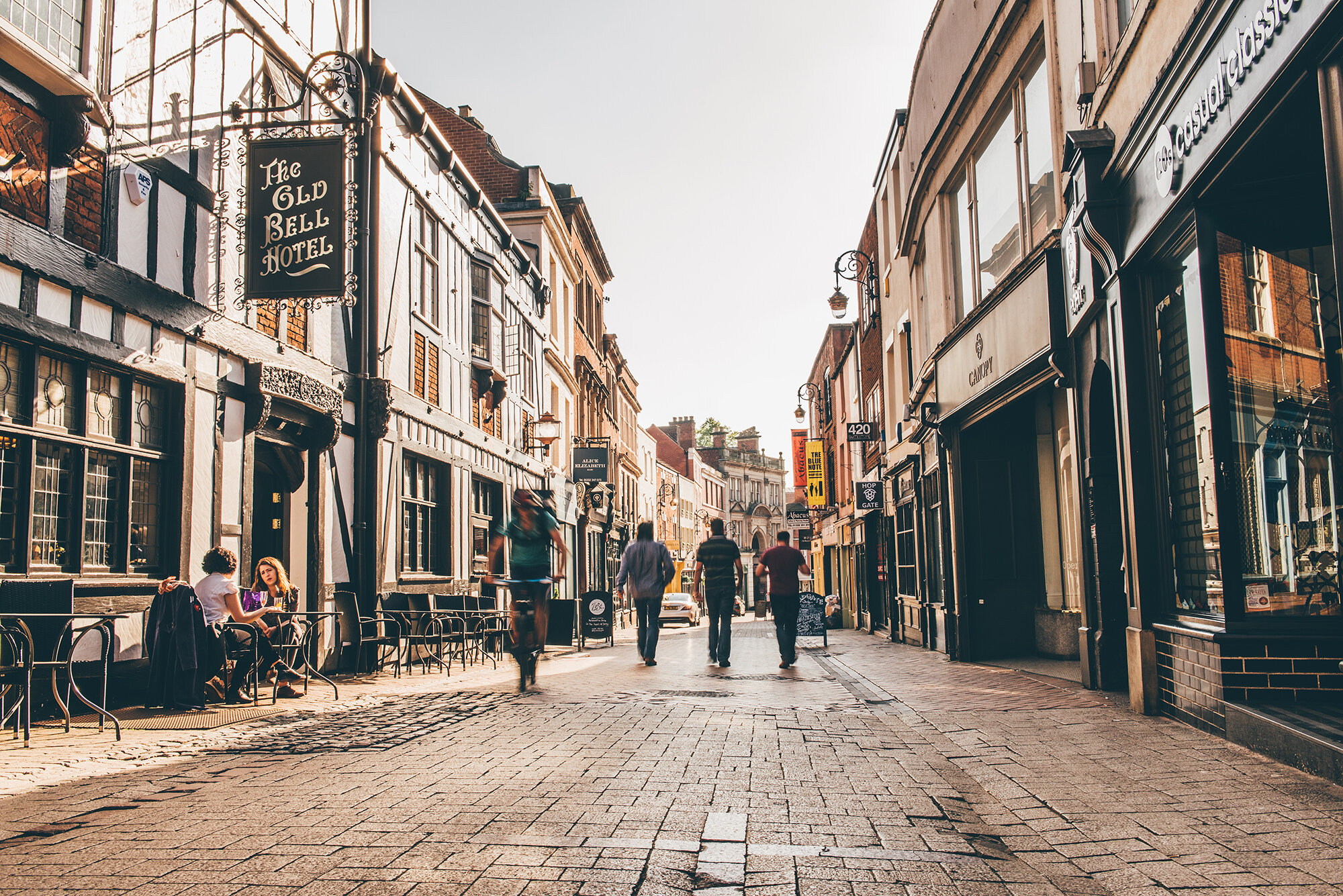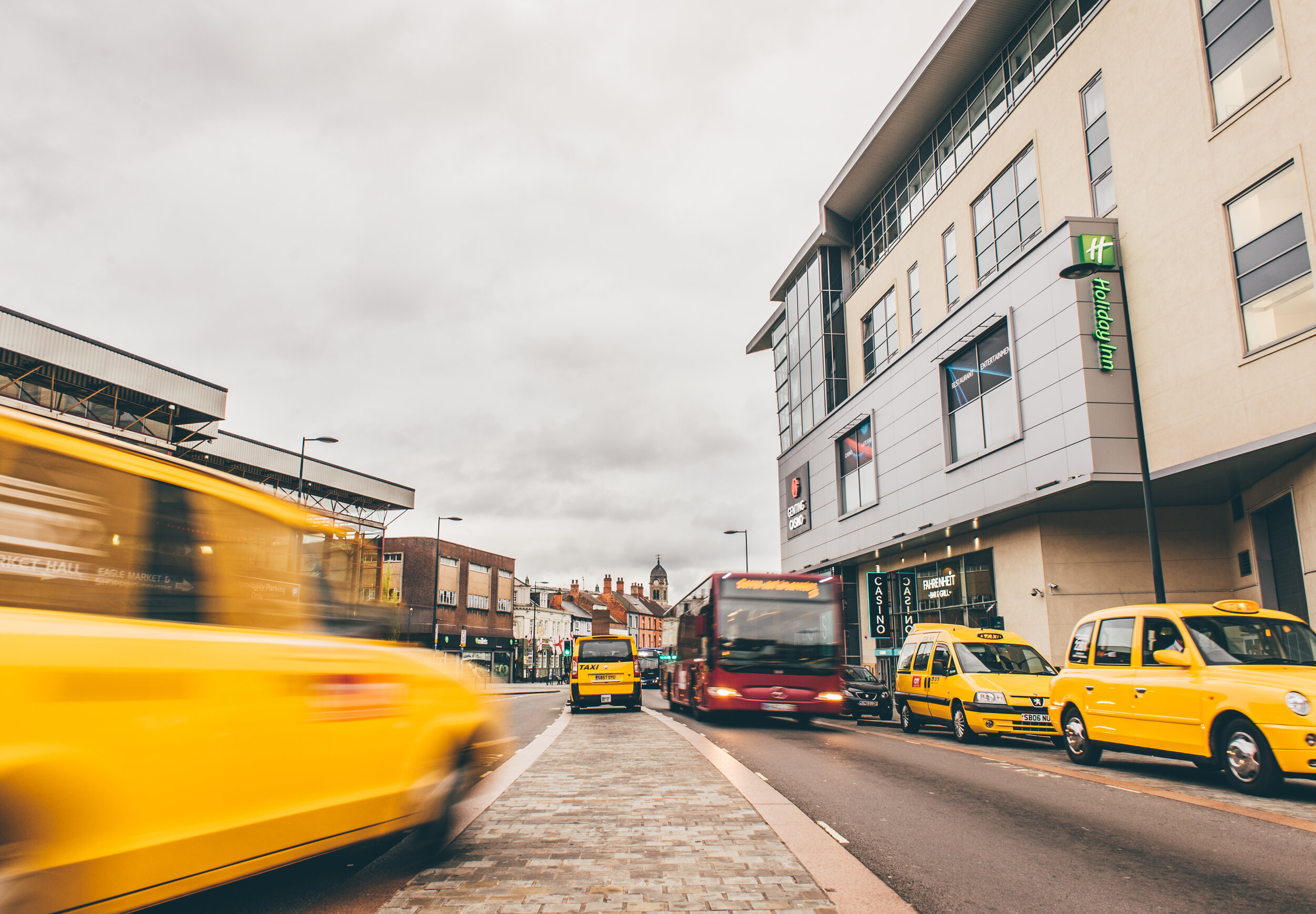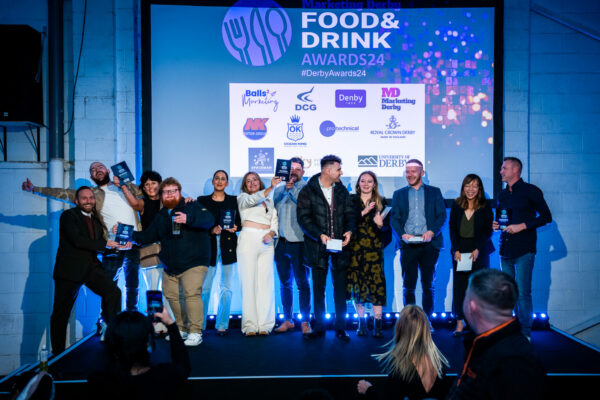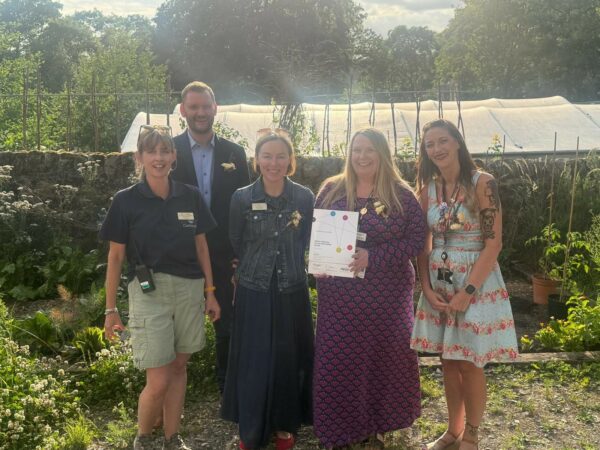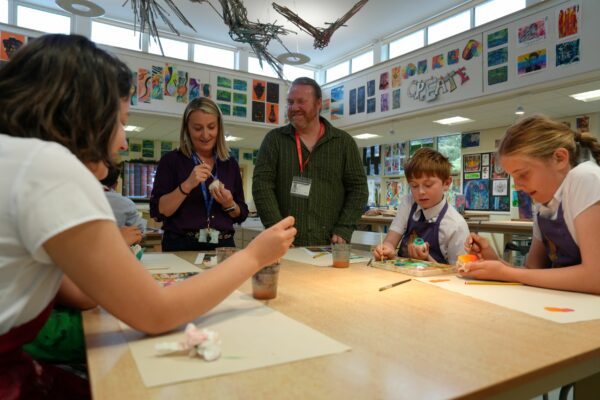Latest News | 9 July 2020
Resilience and reimagining our cities

Cities looking to recover from the pandemic will need to prioritise urban resilience, develop active transport modes and design around the effect of Coronavirus on its workspaces according to Bondholder Faithful+Gould in its blog written for Marketing Derby.
In this, the second in a series of Bondholder Blogs, Caitlyn Owen, Associate Director at the project and programme management consultancy, looks at the return of the public to city centres.
As part of workspace change management services, Caitlin draws on her team’s experience in helping organisations reoccupy, review and reimagine their spaces in the short-term and looks at how space requirements might change in the future.
As lockdown begins to ease, how can Derby’s city centre begin to recover?
The economic and social impact of Covid-19 has hit the UK’s cities and largest towns especially hard, and Derby is no exception.
The return to the city centre
Even the most affluent city centre faces tough times ahead, and if we had vacant buildings before lockdown, there’s unlikely to be a quick fix now. So let’s use this time to plan ahead, consult, seek the engagement of our communities, and look beyond corporate and consumerist aims. Last month, John Forkin’s post called for an ‘imagineered’ Derby, a ‘city that is human, customer-centric, quirky and ever changing’. How wonderful would that be… but to achieve it will take a shared, compelling vision that appeals to all stakeholders and has the longevity to flourish and evolve.
People need to feel safe, in resilient cities that survive, adapt, and grow, in spite of or sometimes because of stresses and shocks. Right now, the pandemic has been the issue, but there’s climate change, the threat of terrorism, population growth… there will always be change and risk. Urban resilience means understanding the systems and interdependencies that make up the city.
In the longer-term, we need public realm to be designed with maximum adaptability, so that it can respond to changing needs, capable of bringing people into the city, and encouraging them to hang around. It’s what universities call the sticky campus principle first they come, then you get them to stay. In the short term, here in Derby, there are spaces to re-purpose, ‘meanwhile use’ to explore, and a whole city of people whose needs must be met.
What do people want right now?
There’s an outpouring of demand for life to return to normal. People have had enough look at the reports of crowded beaches and parks. Yet we have to balance the enthusiasm of those who want the pubs, shops and gyms back at all costs, with those who feel unsafe and afraid to venture out. How do we safely maintain the energy and expectations of the first group, while being inclusive towards the second?
Active transport modes
Transport infrastructure is closely entwined with city fortunes and lived experiences. We can expect ongoing debate on the new normal for urban transport, in the light of social distancing in the first instance, and in longer-term plans. Just before lockdown, it was announced that Derby is to share £161m of transport improvements with Nottingham, via the government’s Transforming Cities Fund. This will create a more welcoming gateway into Derby, connecting the station with the city centre, public transport and bus priority lanes.
The planned Rapid Transit link, together with better connections with Nottingham and East Midlands Airport, supports the ambition to radically improve the connections between where people live and work. We need these schemes to go ahead, and to play their part in revitalising the city centre space.
The government wants local authorities to promote active transport modes and reduce pressure on public transport. Nationwide bicycle sales have soared in the last three months, but Derby was already off to a good start, with its mainly flat roads and cycle paths, and its designation as a Sustrans National Cycle Network hub.
There are plans to upgrade the cycle links between Derby and Nottingham and cycle hire schemes will be launched. It’s good news for the health and wellbeing of local people, and a great way of bringing people into the city centre and giving them a good experience.
Planners and employers must also address the wider impacts of active transport. Education is needed for pedestrians and road/cycleway users, to optimise safety. We’ll need secure covered cycle storage, changing, shower and locker facilities, and workplace/campus bike servicing.
The effect on workspace
As the response to the pandemic enters its exit stage, how will the great work-from-home experiment reshape how work is done? And how will that play out in our city centres? This presents an opportunity to harness what has worked well during lockdown, drawing on the individual strengths of the workforce.
People have had different lockdown experiences, from key workers and home workers to those furloughed or made redundant. Those working at home are the largest group, and within that group there is a range of reactions.
Some are struggling with childcare, others are lonely or don’t have an ideal environment for home working. Some want to race back to the office, others are thriving on more freedom over their hours and workstyle.
Remote, or rather “distributed” working and limited building occupancy are likely to be maintained until at least the end of the year and there may be a permanent shift away from full-time attendance and from larger flagship workplaces. This will be driven by organisational culture as well as employees demonstrating that many people can connect with others and work at least some of the time from home, as well as by those who are vulnerable and need to stay at home.
There’s also the financial and enivornmental cost factors. Efficiencies have to be found, if businesses are to recover, and real estate is an inevitable part of this. Some organisations will divest themselves of property, moving towards hybrid combinations of home and smaller satellite offices to increase space utilisation and reduce carbon footprint
Most employers and employees want the best of both worlds. Flexibility to work from home sometimes, but without losing the spontaneity and creativity that comes from being with others. That’s been a loss during this time of largely diarised contacts and online meetings.
There’s room for creative use of buildings too. If there’s more office space than needed, and especially if there’s no lease break on the horizon, what else could it be used for? What would benefit the leaseholder/occupier and also provide an asset for the community?
We may see corporate use twinned with community use—yoga, martial arts, reading groups, educational courses, health groups, exhibition space—maybe with subsidies for the building’s primary occupants in return for the donation of space. These attractions could encourage employees back to the workplace. If it’s a city centre workplace, they’re drawn into the public realm too, where we urgently need the vibrancy of people returning.
The questions are emerging faster than the solutions, and this exploration should continue through trial, error and iterative development, to engage the public and all stakeholders. Derby’s future will be a journey, not a race.
Caitlyn Owen is Associate Director at Faithful+Gould, a world-leading project and programme management consultancy. As part of workspace change management services, Caitlyn and her team help organisations to ensure they return their people to the workspaces safely and following the latest guidance. We can help our clients reoccupy, review and reimagine their workspaces safely, compliant with legislation and interpreting the latest Government Guidance, whilst looking at the immediate need but also the medium and longer term client requirements.

